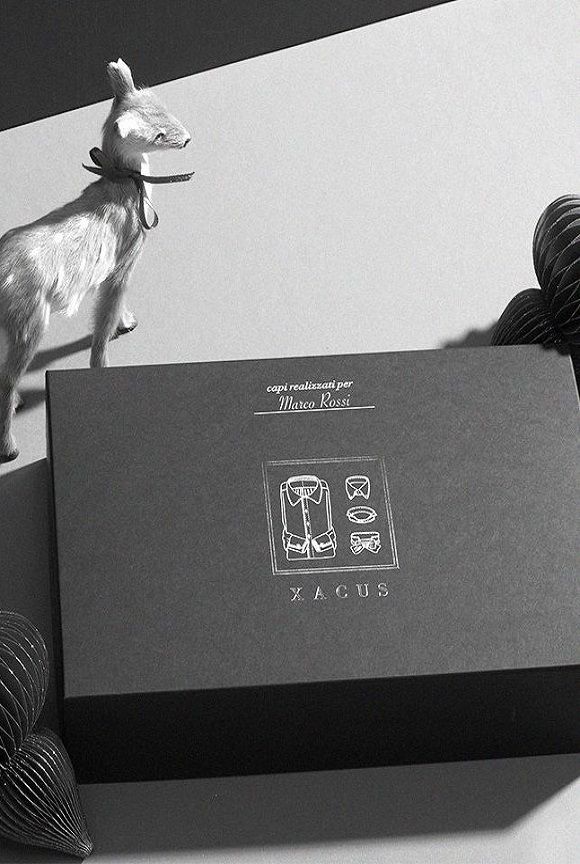When you buy a quality shirt, it is important to know how to recognise the different types of fabric. That’s why we have described them in different articles here, such as the ones about poplin or linen. Now we’d like to tell you about how shirt fabrics are made and to do this, we have decided to start with cotton, the best-known shirt material there is.
Thousands of years of history… in short
5800 B.C.: cotton’s history starts a long time ago. Cotton pods and fabrics from a cave in Mexico have been found to date back to this time. There have been similar findings in Pakistan, and in Peru, and there are even references to cotton in Egyptian hieroglyphics. Europeans came to know of and use cotton thanks to Alexander the Great. Christopher Columbus was surprised by the use of cotton during his voyage to the Americas, and it was here that European settlers transformed cotton growing into a production activity. Today the United States continue to be the foremost exporters of cotton.
From flower to fibre
Cotton fibre comes from four different species of Gossipium, a plant from the Malvaceae family, which flowers between June and July. The pods from the dead flowers create a white boll, consisting of five fibrous locules. This is when the cotton is picked, by hand or machine. Cotton fibres come in different lengths, generally between 15 and 50 mm. As well as the lengths, the evenness and softness of the fibre are what make the different varieties of cotton. The cotton used for our shirts is all long fibre (36-37 mm) and is therefore, prime quality.
Xacus shirt cotton
To make a cotton shirt, we use fabrics made by Albini and in particular, Giza 45, Giza 87, Supima Corcoran and two cottons we have already mentioned: Sea Island and organic cotton.
Our Giza cottons come from Egypt and to be precise, from the fertile area of the Nile Delta. Giza 45 is one of the most prized varieties, a combination of fineness and resistance. The seeds are a mix of Sea Island and Brazilian cotton seeds, but they are grown in Egypt: variables that make this such a matchless cotton. The most fertile ground changes every year, which is why the ideal area in which to grow the plants is continually sought. The plants are responsible for 0.4% of Egypt’s total annual cotton production.
Giza 45 cotton shirts are extraordinarily soft and silky.
Giza 87 is also grown along the Nile, but the climate conditions are very particular and mean that fabrics produced with this cotton are extremely hardwearing. If you choose Giza 87, you will have a shirt that just gets better with time, becoming softer and shinier. The sheen on Giza 87 is in fact among the highest for Egyptian Extra Long Staple cottons.
Lastly, Supima Corcoran that represents 1% of world production and is therefore, extremely precious. It is grown in California and stands out for an extraordinary whiteness that makes it ideal for making white fabrics. Cotton shirts made with Corcoran are excellent quality and hardwearing. The characteristics of this cotton are superior to the standard, and this is also why Corcoran is used for no-iron shirts of the highest quality.
Feeling a Xacus cotton shirt will mean more now that you know more about the history and the characteristics of cotton, and you will be able to recognise the varieties based on the softness and lightness of this extraordinary fabric. In our next article we’ll be talking about how the fabric itself is made from the fibre.
.

